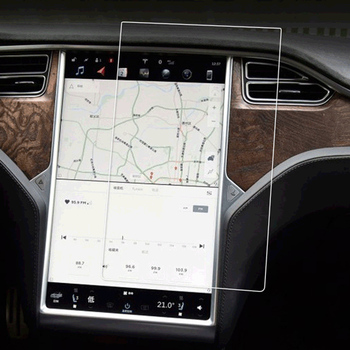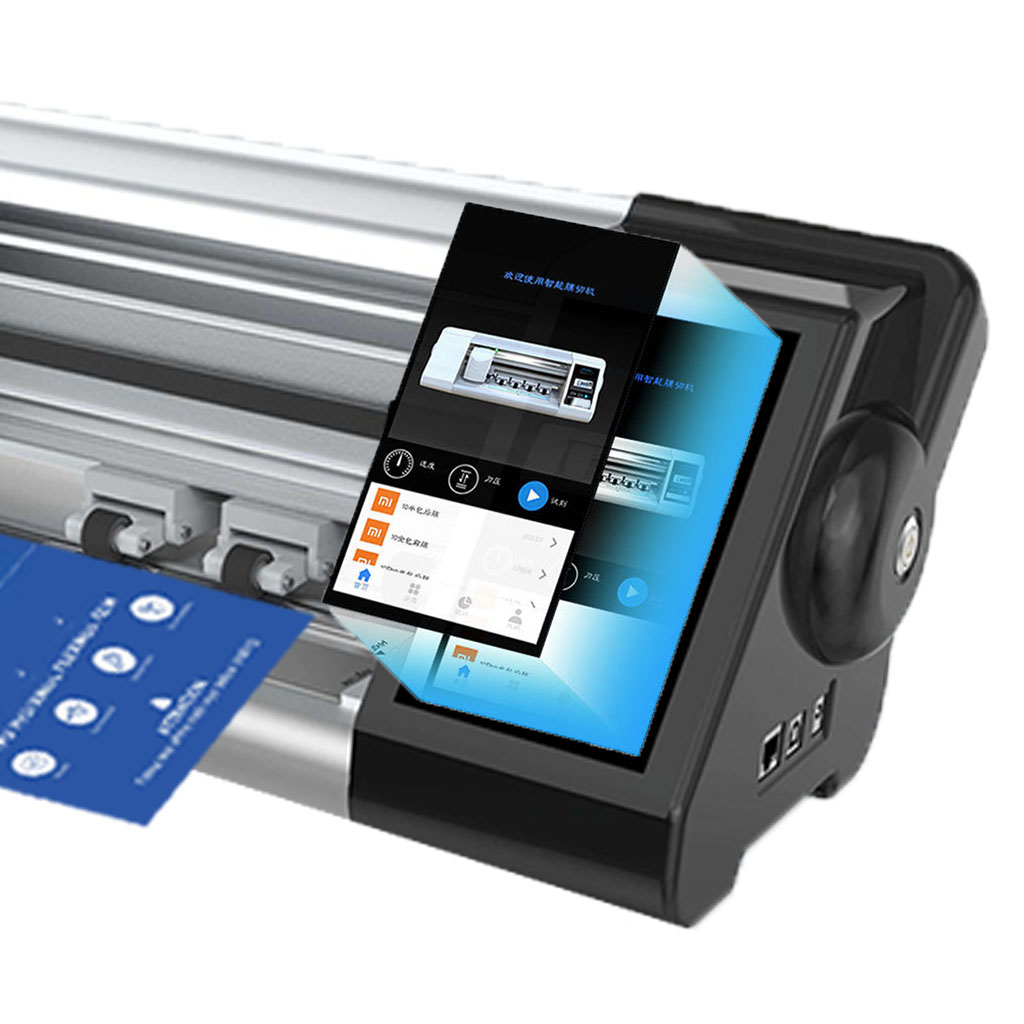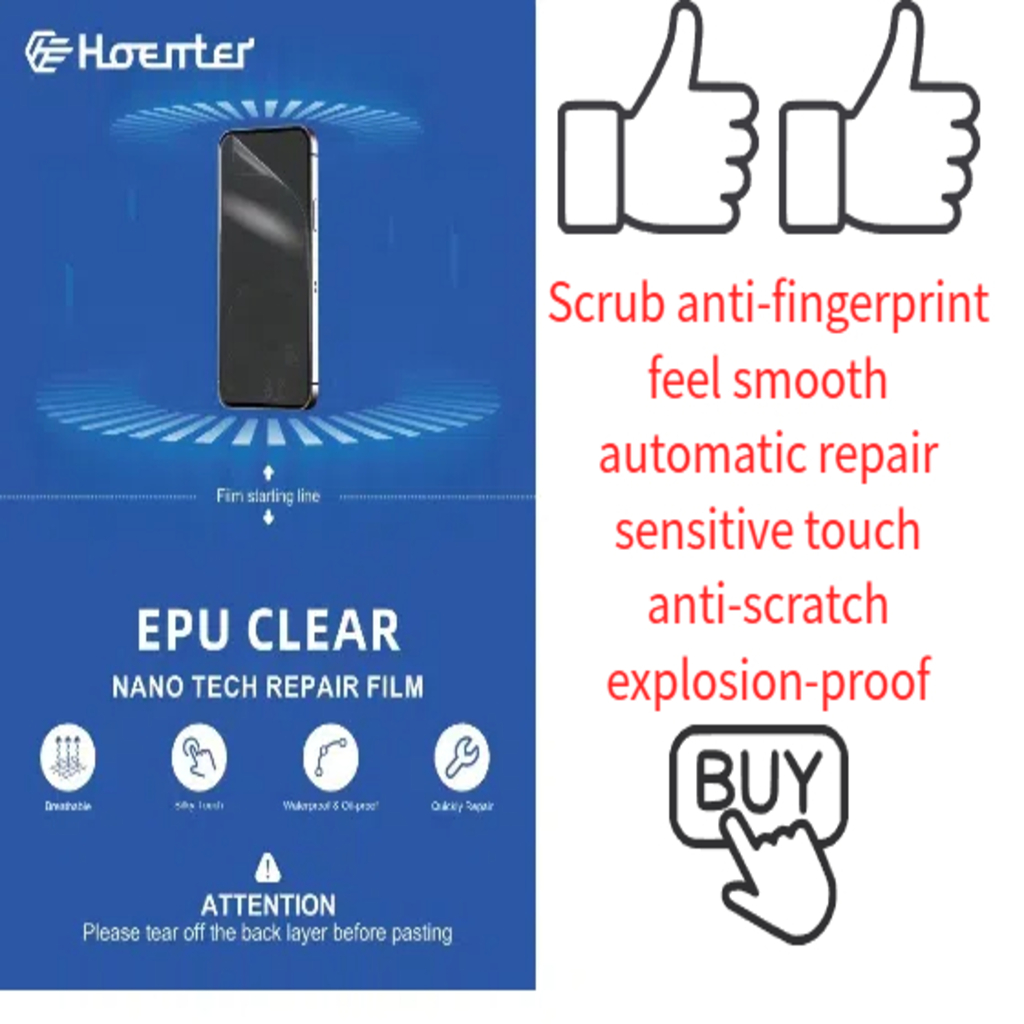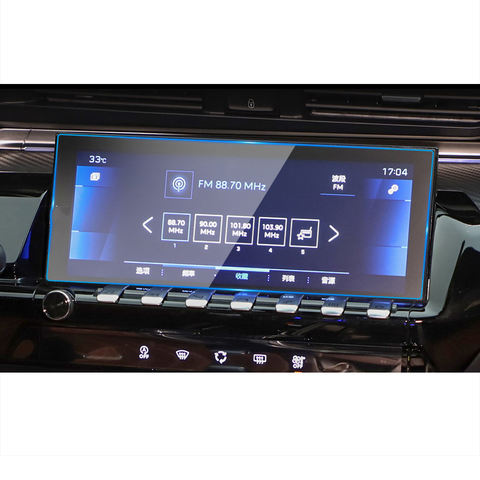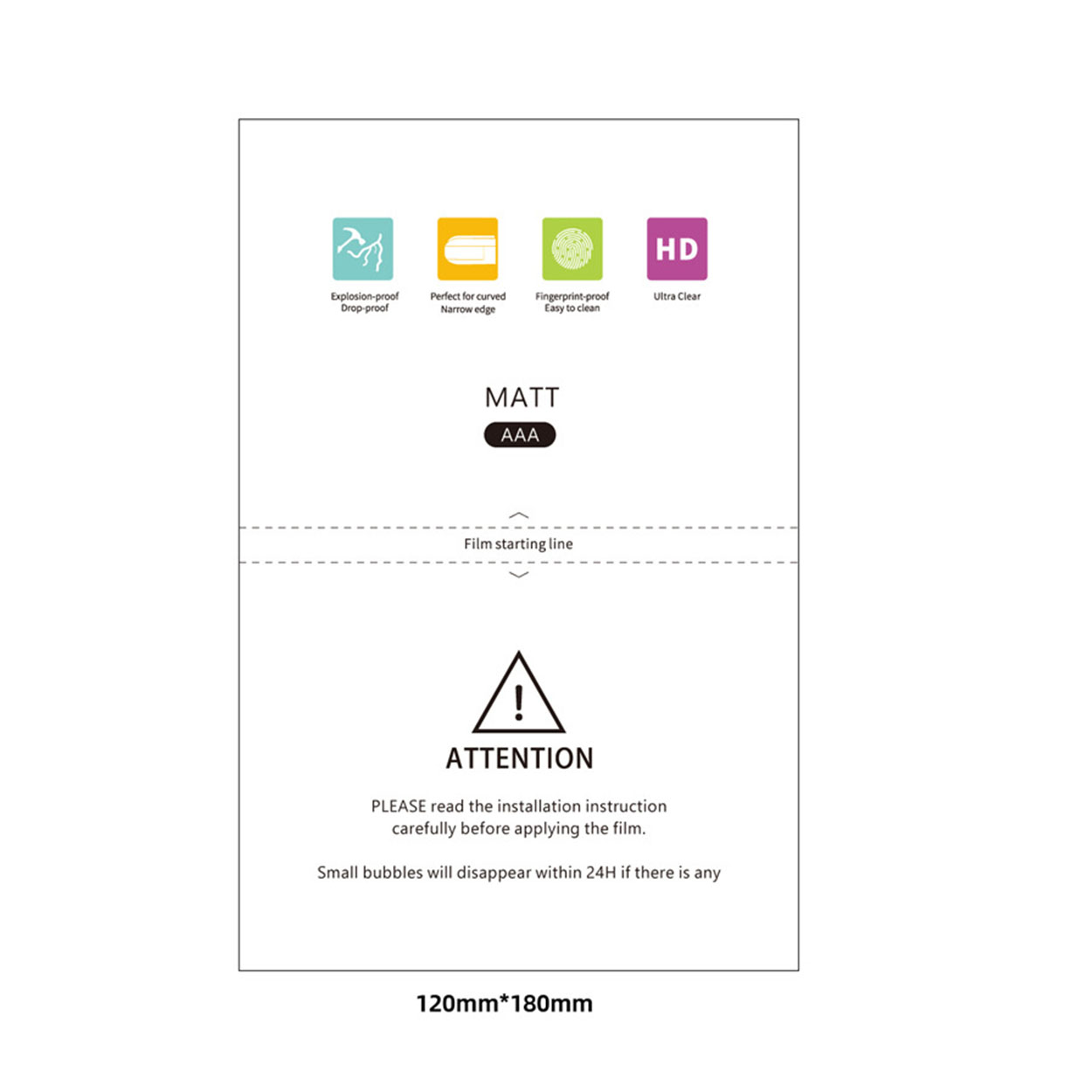
Do Screen Protectors Prevent Cracking?
Índice
Resumo
While it may not be a foolproof solution against all types of damage, it provides an essential layer of defense against everyday hazards. By choosing the right type of protector and applying it correctly, you can significantly reduce the risk of screen damage.
Principais conclusões:
- Protectores de ecrã provide essential protection against scratches and minor impacts.
- Vidro temperado protectors offer superior durability and clarity compared to plastic.
- Proper application is crucial for maintaining touch sensitivity and screen clarity.
- Regularly inspect and replace your screen protector to ensure optimal protection.
By understanding the benefits and limitations of screen protectors, you can make an informed decision that best suits your needs and lifestyle.
O que é um protetor de ecrã?
A protetor de ecrã is a thin layer of material that adheres to the screen of your device. Its primary purpose is to protect the screen from scratches, smudges, and cracks. Screen protectors are made from various materials, including tempered glass and plastic, each offering different levels of protection.Screen protectors are essential for maintaining the longevity of your device. They act as a barrier against everyday wear and tear, ensuring that your phone screen remains pristine. By investing in a screen protector, you can avoid the hassle and expense of replacing a cracked screen.How Do Screen Protectors Work?
Screen protectors work by absorbing the impact that would otherwise directly hit your phone screen. When you drop your phone, the screen protector takes the brunt of the force, reducing the likelihood of a crack. This is particularly true for tempered glass screen protectors, which are designed to shatter upon impact, thereby protecting the actual screen beneath.The effectiveness of a screen protector largely depends on its material and thickness. Tempered glass protectors, for instance, are known for their durability and ability to withstand significant impact. They are crafted through a process of extreme heating and rapid cooling, which makes them much stronger than regular glass.Can Screen Protectors Prevent Cracking?
The million-dollar question: Can screen protectors really prevent cracking? The answer is both yes and no. While screen protectors can significantly reduce the risk of cracks, they are not foolproof. A screen protector can absorb minor impacts and prevent scratches, but it may not withstand a severe drop or a sharp object.However, using a screen protector is still a wise choice. It provides an additional layer of defense, which can be the difference between a minor scratch and a costly screen replacement. For optimal protection, pairing a screen protector with a sturdy phone case is recommended.
Types of Screen Protectors: Which One is Best?
There are several types of screen protectors available, each with its own set of advantages and disadvantages. The most common types include:- Vidro temperado: Offers superior protection and clarity. It is thicker and more durable than other types.
- Plastic (PET or TPU): More affordable and flexible, but less durable than tempered glass.
- Protectores de ecrã líquidos: A newer option that involves applying a liquid solution to the screen, which hardens to form a protective layer.
Tempered Glass vs. Plastic Screen Protectors
When it comes to choosing between tempered glass and plastic screen protectors, there are several factors to consider. Vidro temperado protectors are known for their strength and ability to resist scratches and cracks. They provide a smooth, glass-like feel that closely mimics the original screen.On the other hand, protetores de tela de plástico are thinner and more flexible. They are less likely to shatter upon impact but offer less protection against severe drops. Plastic protectors are also more prone to scratches and may not provide the same level of clarity as tempered glass.Ultimately, the choice between tempered glass and plastic depends on your priorities. If you value protection and a premium feel, tempered glass is the way to go. For those seeking a budget-friendly option, plastic protectors are a viable alternative.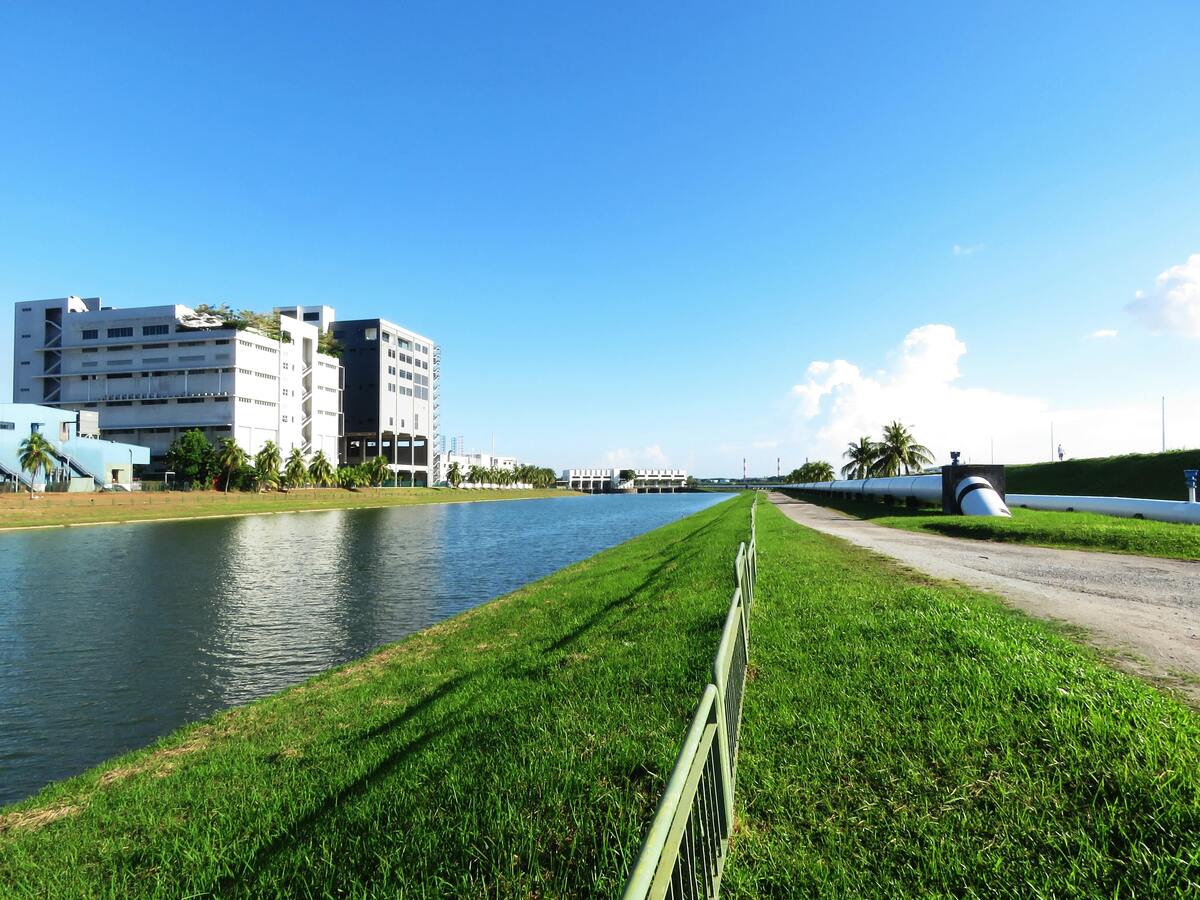
Do Screen Protectors Affect Touch Sensitivity?
A common concern among smartphone users is whether screen protectors affect touch sensitivity. The good news is that most high-quality screen protectors, especially tempered glass ones, do not interfere with touch responsiveness. They are designed to be thin enough to maintain the screen’s sensitivity while providing adequate protection.However, lower-quality protectors, particularly thicker plastic ones, may slightly reduce touch sensitivity. To ensure optimal performance, it’s important to choose a reputable brand and follow the installation instructions carefully.How to Properly Apply a Screen Protector
Applying a screen protector can be a daunting task, but with the right technique, it can be done smoothly. Here are some steps to ensure a perfect application:- Limpar o ecrã: Use a microfiber cloth and cleaning solution to remove any dust or fingerprints.
- Alinhar o protetor: Carefully align the protector with the edges of the screen before applying.
- Aplicar o protetor: Gently place the protector on the screen, starting from one edge and smoothing it out to avoid bubbles.
- Remover bolhas: Use a credit card or similar object to push out any air bubbles.
Common Myths About Screen Protectors
There are several myths surrounding screen protectors that can lead to confusion. Let’s debunk some of the most common ones:- Myth 1: Screen protectors are unnecessary if you have a case. While a case provides protection for the phone’s body, a screen protector specifically guards against screen damage.
- Myth 2: All screen protectors are the same. As discussed earlier, there are significant differences in materials and quality.
- Myth 3: Screen protectors reduce screen clarity. High-quality protectors are designed to be virtually invisible and do not affect the screen’s clarity.
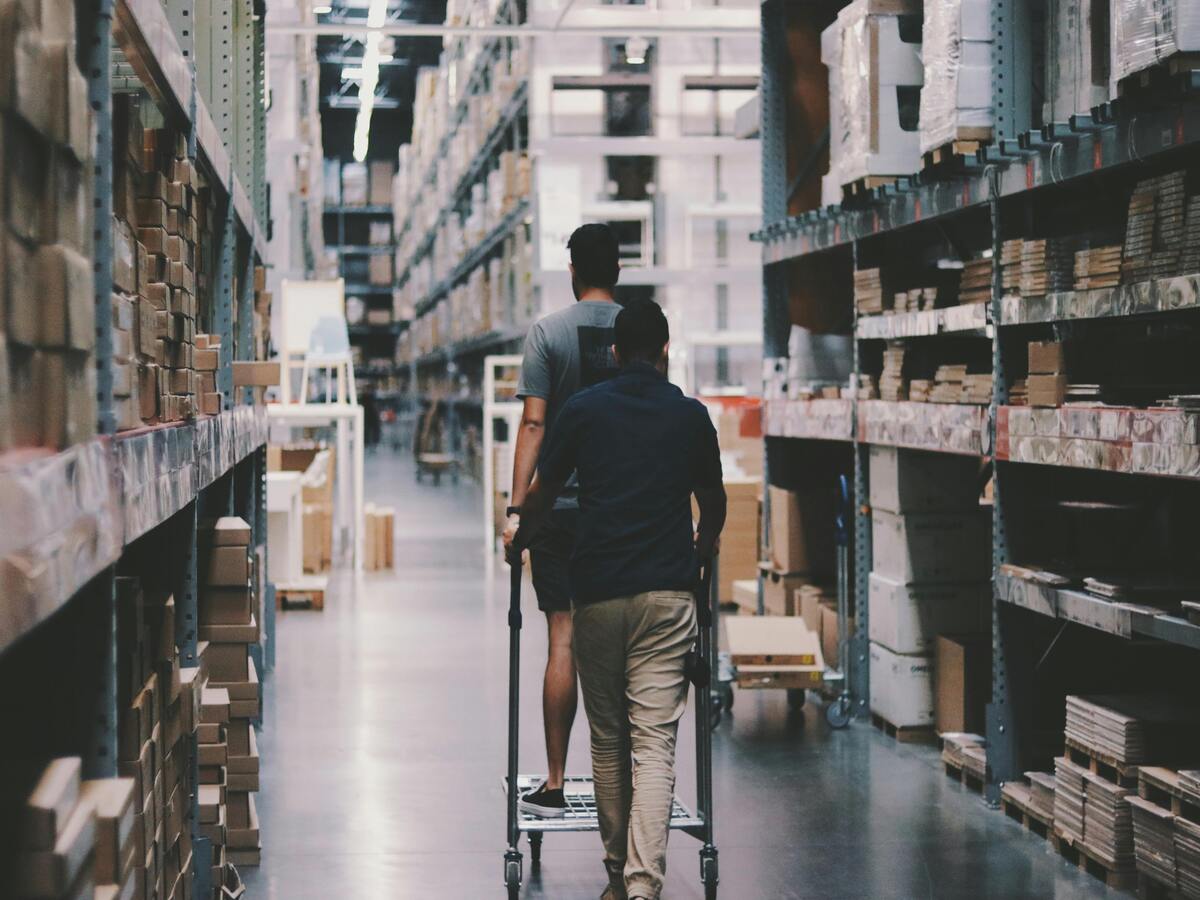
When Should You Replace Your Screen Protector?
Screen protectors are not indestructible and will eventually need to be replaced. Here are some signs that it’s time for a new one:- Visible Cracks or Chips: If the protector is cracked, it can no longer provide adequate protection.
- Loss of Adhesion: If the protector is peeling or not sticking properly, it should be replaced.
- Scratches or Wear: Over time, protectors can accumulate scratches that affect visibility.
Comentários
Etiquetas
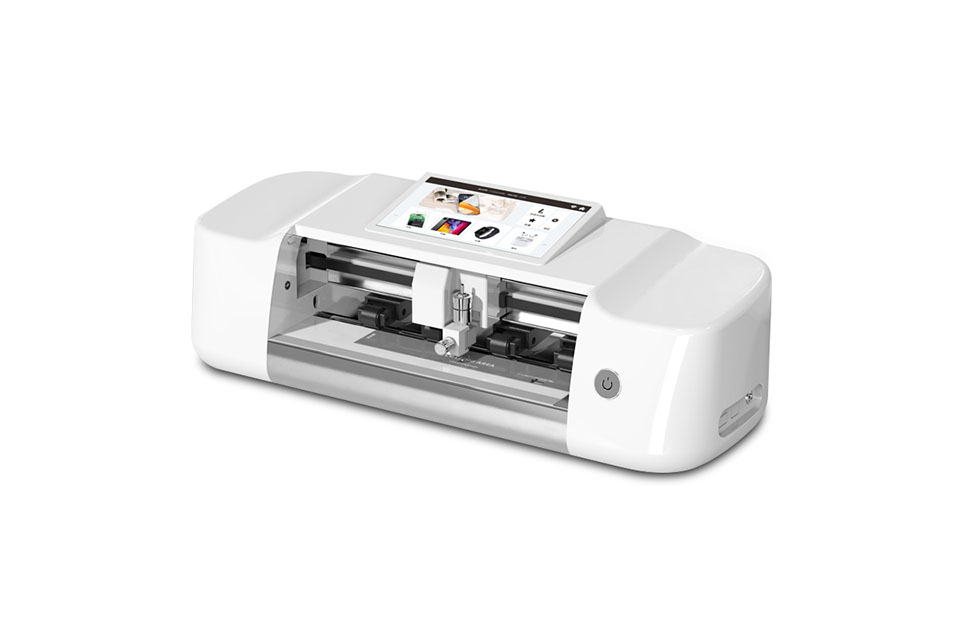
Como uma máquina de corte de protectores de ecrã pode impulsionar o seu negócio
As máquinas de corte de protectores de ecrã revolucionaram a indústria de proteção de ecrã, fornecendo às empresas soluções eficientes, precisas e personalizáveis para a produção de protectores de ecrã.

O protetor de tela de hidrogel é bom?
Ao entender as diferenças entre protetores de tela de hidrogel e vidro temperado, você pode tomar uma decisão informada que melhor se adapte ao seu dispositivo e estilo de vida.

Is a Matte Screen Protector Good for Drawing?
Whether you’re an artist looking for precision or a student aiming for better notes, a matte screen protector could be the perfect addition to your iPad or tablet setup.
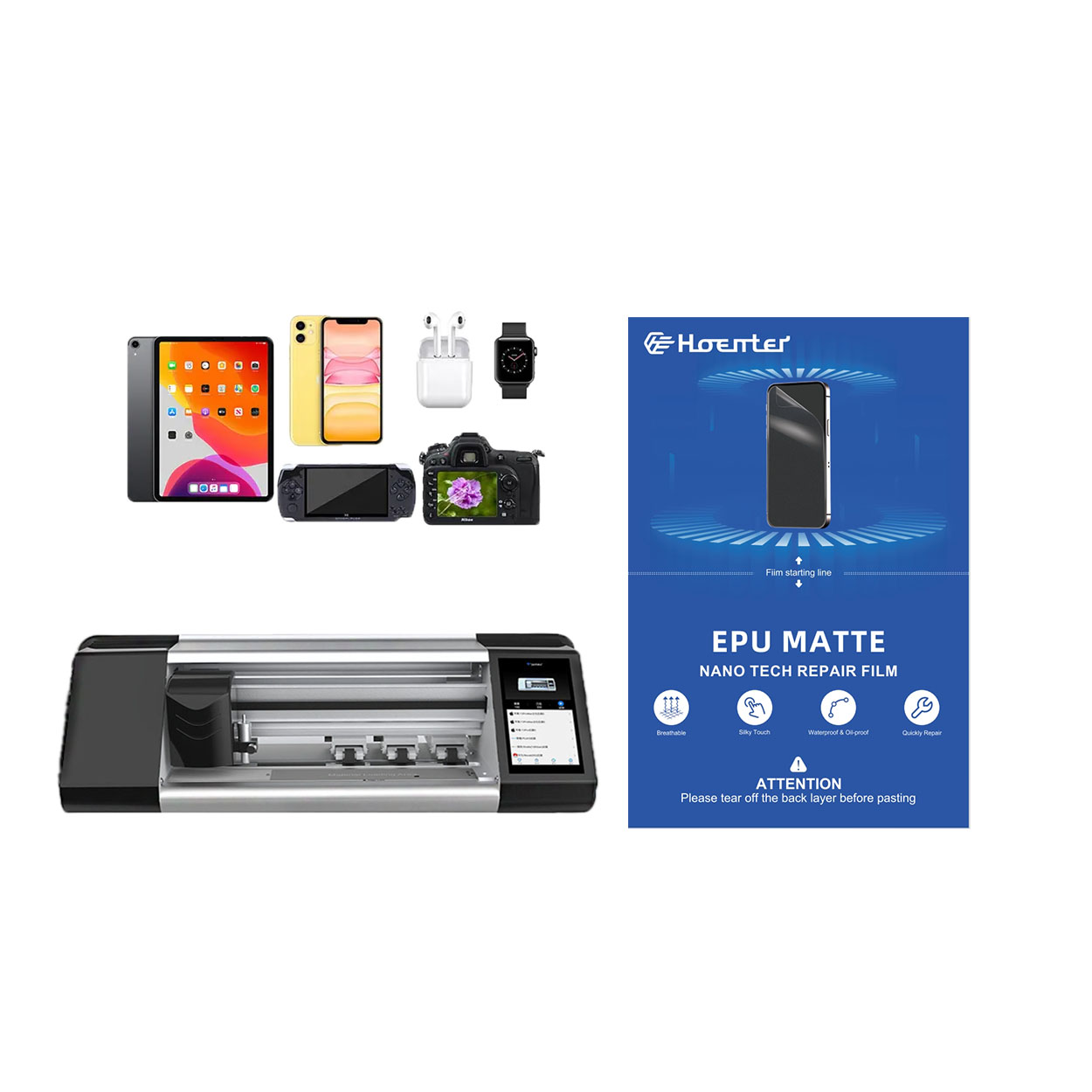
Novo protetor de película de hidrogel EPU com 0,18 mm de espessura e auto-reparação
Ao escolher entre a película PET e o kit EPU, mais económico, há várias semelhanças e diferenças importantes a considerar.
As películas PET e EPU foram concebidas para oferecer uma elevada transparência, garantindo que a nitidez e a vivacidade do ecrã não são afectadas. Ambas mantêm a qualidade original do ecrã do telemóvel, oferecendo imagens cristalinas, quer esteja a ver vídeos ou a navegar em fotografias.
No entanto, uma diferença fundamental reside na durabilidade e na absorção de choques dos materiais. Embora o PET proporcione uma sensação rígida, semelhante à do vidro, não oferece o mesmo nível de proteção contra impactos que as películas EPU. As películas EPU são concebidas com tecnologia de hidrogel, o que não só as torna mais flexíveis, mas também significativamente melhores na absorção de choques, protegendo o telemóvel de quedas e impactos acidentais. Isto faz da EPU a melhor escolha para os utilizadores que pretendem proteção e flexibilidade.
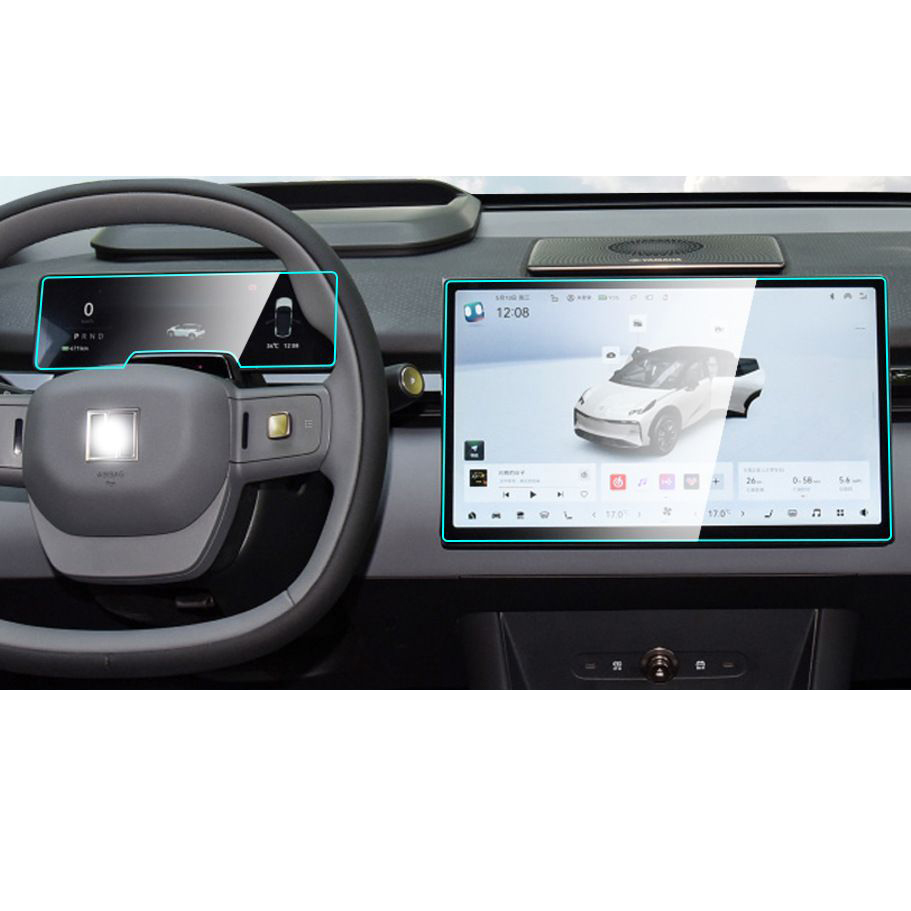
Li Auto L9 Navigation Instrument GPS Tempered Glass
Protect your investment with a high-quality Li Auto L9 Screen Protector. Prevent scratches and damage to your new L9’s navigation, instrument.
Encontre todos os conhecimentos e tendências do nosso blogue, obtenha o preço por grosso e a melhor qualidade da nossa fábrica.
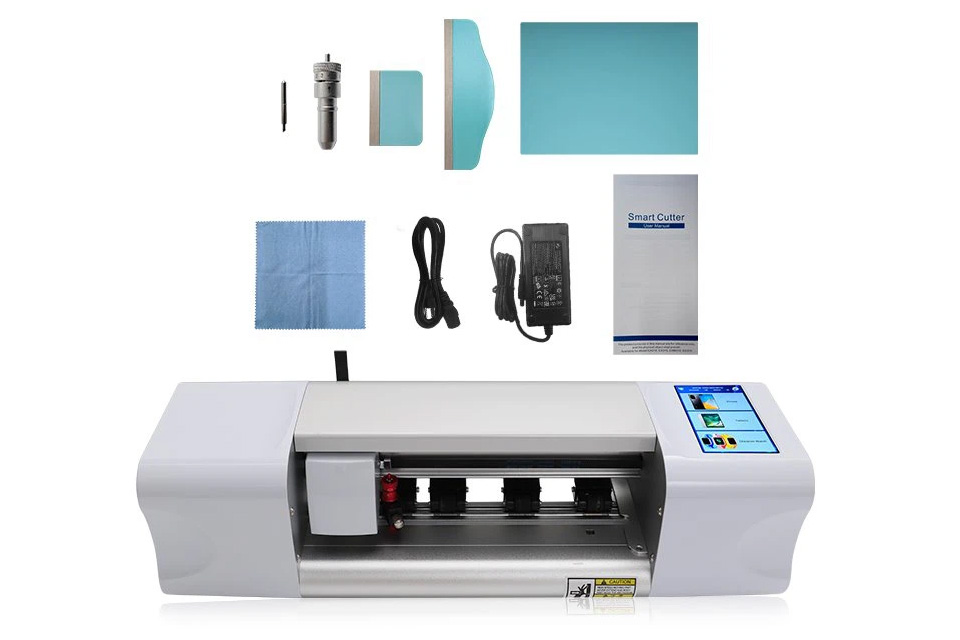
O que é a máquina de corte de película e a sua aplicação
As máquinas de corte de película têm desempenhado um papel crucial na evolução da produção cinematográfica e de vários processos industriais, permitindo o corte e a união precisos de materiais de película.
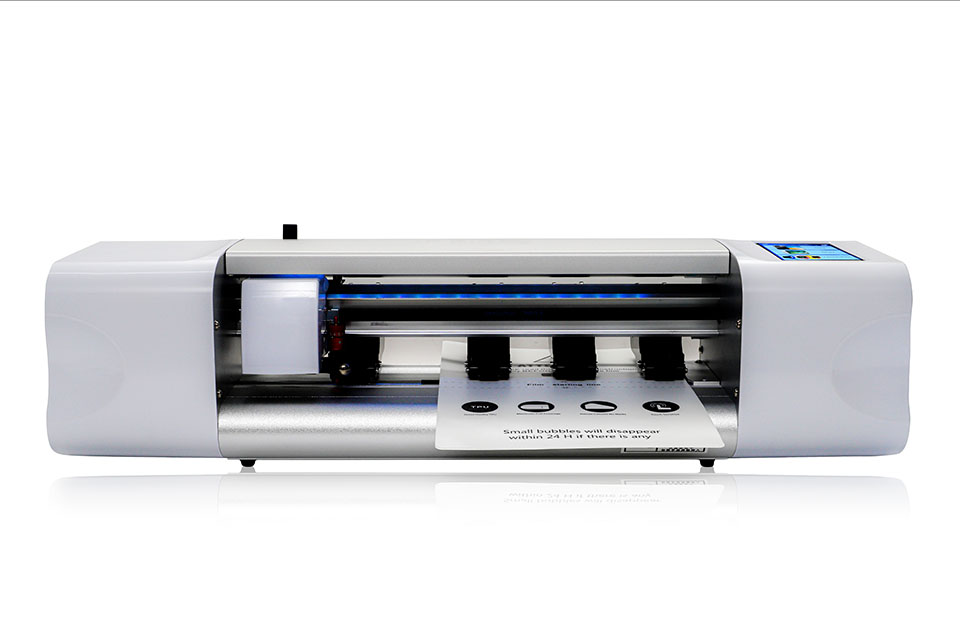
O que é uma máquina de corte de protectores de ecrã?
Uma máquina de corte de protectores de ecrã é um dispositivo especializado concebido para produzir protectores de ecrã personalizados para vários dispositivos electrónicos, incluindo smartphones, tablets, smartwatches, computadores portáteis e monitores.
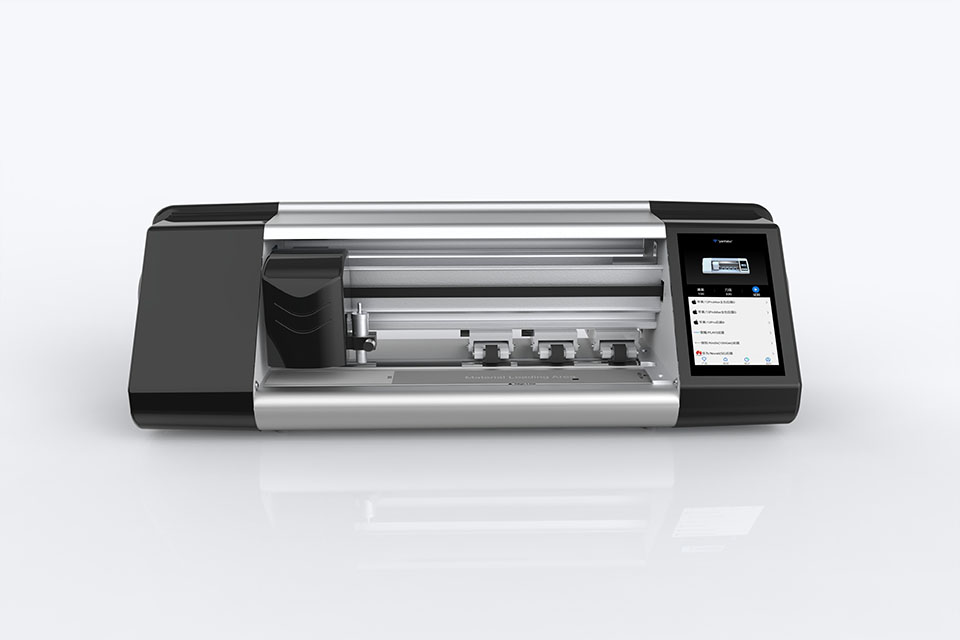
Como funciona a máquina de corte do protetor de tela do telefone móvel?
Uma máquina de corte de protectores de ecrã de telemóveis é um dispositivo sofisticado concebido
para produzir protectores de ecrã personalizados para vários dispositivos digitais com elevado preço
ção e eficiência.
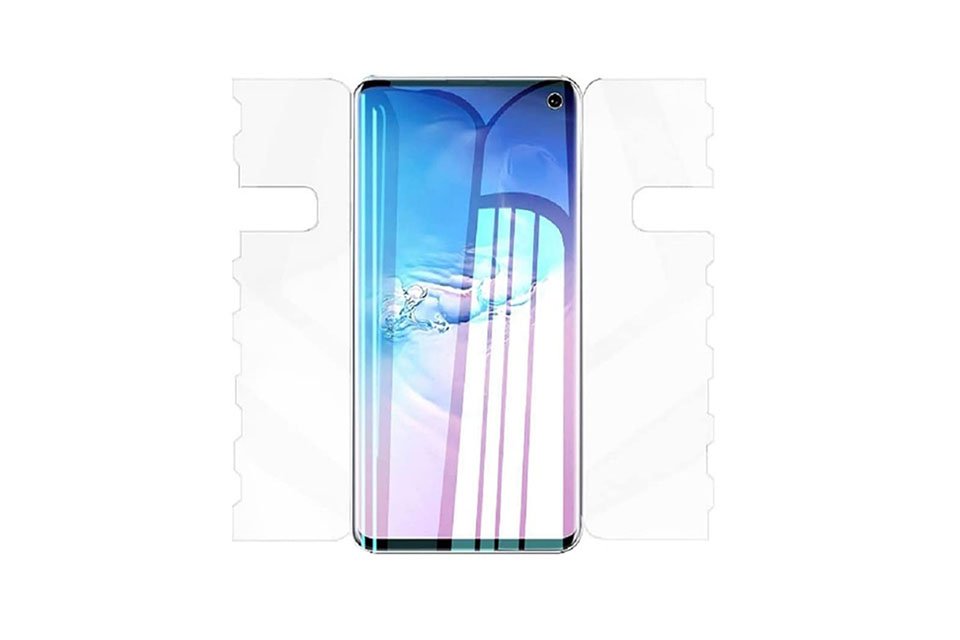
Caraterísticas do vidro temperado para telemóveis e do protetor de ecrã TPU para telemóveis
Os protectores de ecrã em poliuretano termoplástico (TPU) são flexíveis, duradouros e
películas plásticas auto-regeneráveis concebidas para proteger os ecrãs dos dispositivos electrónicos contra
riscos, impactos e outros danos potenciais.
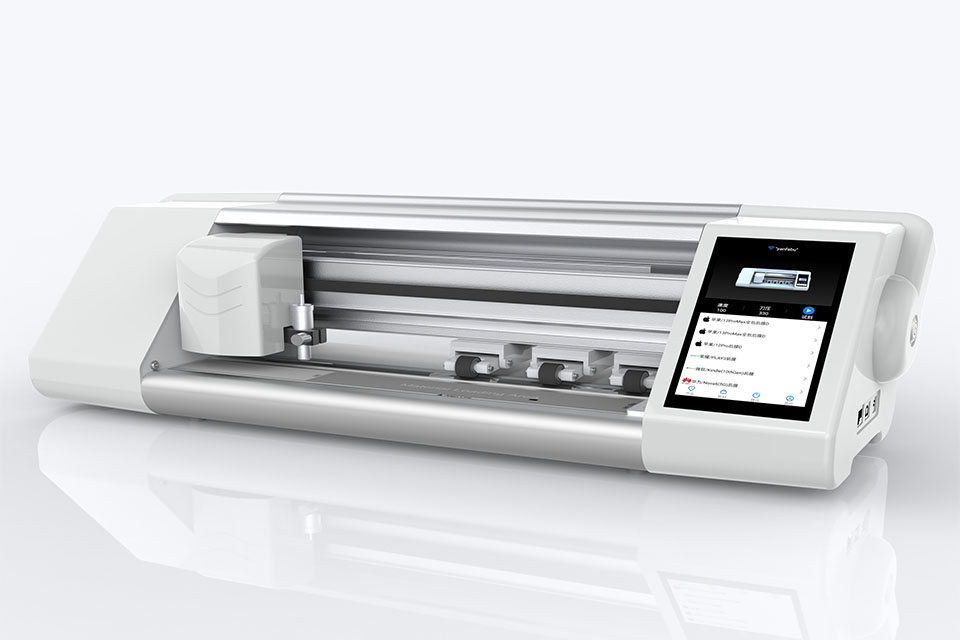
Revolucione a proteção de dispositivos com a máquina de corte de proteção de ecrã
Quer tenha um smartphone, tablet ou smartwatch, esta máquina versátil adapta-se a uma vasta gama de dispositivos. Adapta-se perfeitamente às dimensões do seu gadget, oferecendo um ajuste personalizado que os protectores genéricos não conseguem igualar.
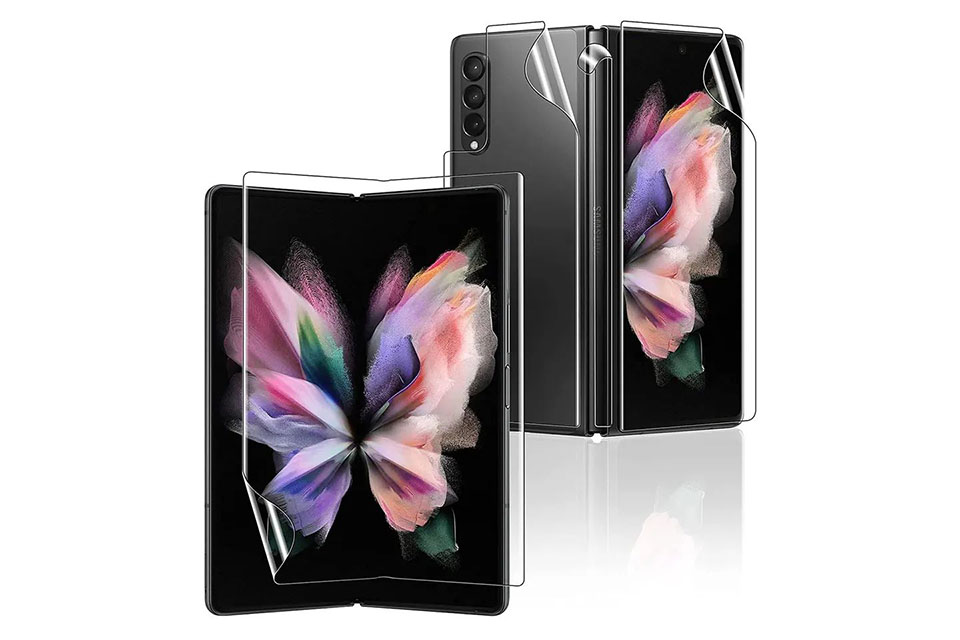
Protetor de ecrã com garantia vitalícia
A garantia vitalícia de um protetor de ecrã é uma garantia fornecida pelos fabricantes que
compromete-se a reparar ou substituir um protetor de ecrã durante o tempo de vida útil do produto, de acordo com termos e condições específicos.

